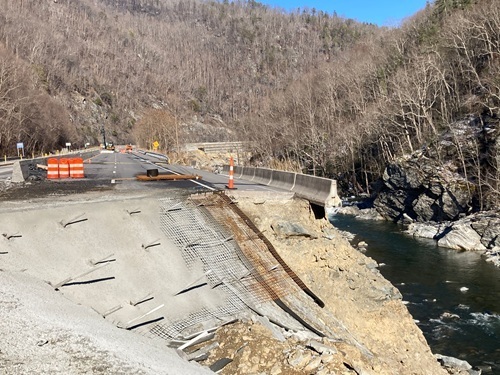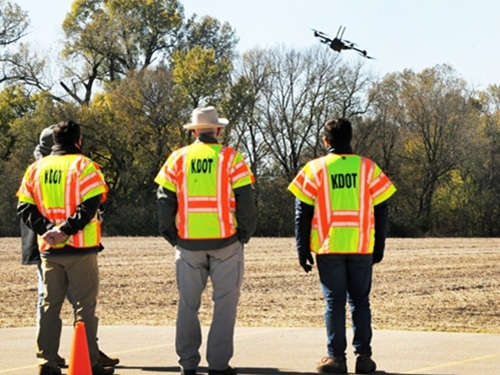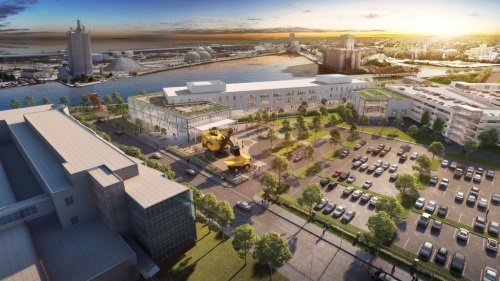The Wisconsin Department of Transportation is providing two Transportation Economic Assistance or TEA grants worth a combined $1.7 million for road and railroad projects supporting a $300 million manufacturing and headquarters facility Komatsu Mining Corp. is building in Milwaukee.
[Above rendering via Komatsu Mining Corp.]
One grant supports the construction of a $2.4 million railroad spur to the new Komatsu facility in Milwaukee’s Harbor District, which should wrap up this fall. The second grant supports a $1.46 million reconstruction of a section of Kinnickinnic Avenue so large trucks can safely access the Komatsu site; a project expected to start in 2022.

“Transportation is vital to manufacturers like Komatsu, and to Wisconsin’s other important industry sectors,” explained Governor Tony Evers (D) in a statement. “When we improve Wisconsin’s transportation infrastructure, we help our state’s businesses be more competitive. That improves the economy and makes life better for all of us.”
“We applaud the company’s significant capital investment in their new Milwaukee facility and the new jobs it will create,” added Craig Thompson, Wisconsin DOT’s secretary-designee. “These grants will help Milwaukee support the growth of a world-class company, reaping the many community benefits that will follow.”

Thompson pointed out in a recent op-ed that those grants in support of Komatsu’s new campus echo the overall transportation vision contained within the governor’s 2021-2023 budget, issued in February.
“Governor Evers ran on a promise to repair our deteriorating roads, bridges and other transportation infrastructure,” Thompson said. “The Governor made good on that promise by investing the greatest amount of new transportation spending in a generation. That funding is being put to good use, helping the state, counties, municipalities and towns repair bridges and resurface roads.”
He added that the governor’s budget “will help grow Wisconsin’s economy by providing transportation options that support businesses throughout the state and will attract the next generation of workers.”
 States
States
NCDOT to Rebuild I-40 with National Forest Rocks
June 27, 2025 States
States

